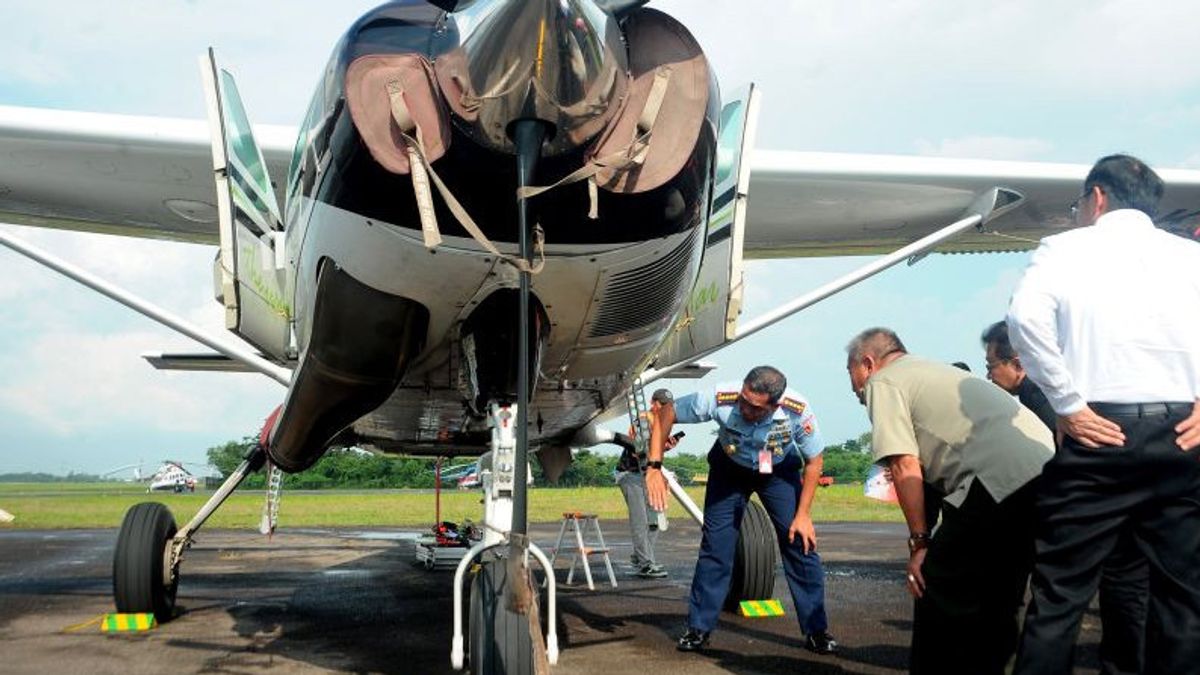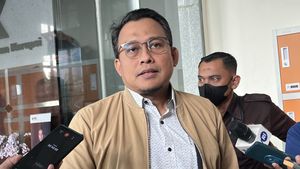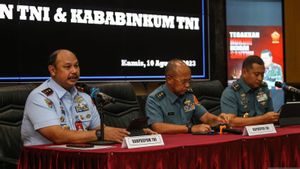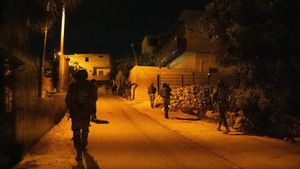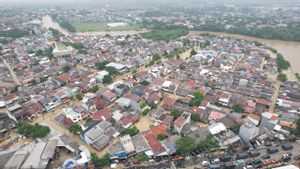JAKARTA - The National Research and Innovation Agency (BRIN) stated that weather modification technology operations over the past few years have become a permanent solution in efforts to control forest and land fires (karhutla) in Indonesia.
BRIN Weather Modification Technology Management Laboratory Coordinator Budi Harsoyo said the El Nino phenomenon this year has the potential to cause a bigger forest and land fires disaster than before.
"Since April, this year's weather modification technology operation has been carried out simultaneously in a number of provinces prone to forest and land fires, both for the purpose of wetting peatlands and extinguishing forest fires," Budi said as quoted by ANTARA, Thursday, August 10.
The government said that there are seven provinces that have declared emergency alert status for forest and land fires, namely Riau, South Sumatra, Jambi, West Kalimantan, East Nusa Tenggara, Central Kalimantan, and South Kalimantan.
Weather modification technology operations to support forest and land fires prevention efforts are contained in Presidential Instruction Number 3 of 2020 concerning Forest and Land Fire Management.
BRIN in collaboration with the Peat and Mangrove Restoration Agency (BRGM) is making efforts to wet peatlands in Indonesia. Currently, operations are being carried out in the Central Kalimantan region.
اقرأ أيضا:
In early August 2023, El Nino's phenomenon, which was getting stronger with an index of value +1.04, caused relatively dry weather conditions. This condition has the potential to increase the emergence of hot spots that are the origin of forest and land fires.
Based on data on the distribution of hot spots caught by NASA-MODIS satellites published by the Ministry of Environment and Forestry (KLHK) on the SIPONGI website, in July 2023, at least 121 hotspots with a high to high level of trust (above 50 percent) in Central Kalimantan emerged.
Monitoring of the Peat Lahan Water Monitoring System (Sipalaga) published by BRGM, seven peatland water level monitoring stations that are currently still online are showing vulnerable status.
That means that most of the peatlands in Central Kalimantan have dried up and the water level in the ground is already lower than 40 cm below the ground level.
Head of the Climate Change Control Center (PPI) of the Kalimantan Region, Yudho Sakti Mustika, hopes that weather modification technology operations can reduce the number of Karhurla in Central Kalimantan.
"There are many hot spots that must continue to be monitored considering the area that is difficult to reach by the ground team. Hopefully with the weather modification technology it can produce optimal results, so that forest and land fires can be well controlled," said Yudho.
The English, Chinese, Japanese, Arabic, and French versions are automatically generated by the AI. So there may still be inaccuracies in translating, please always see Indonesian as our main language. (system supported by DigitalSiber.id)
